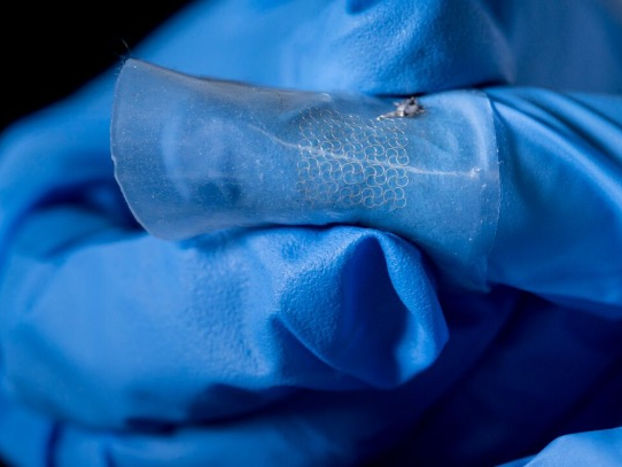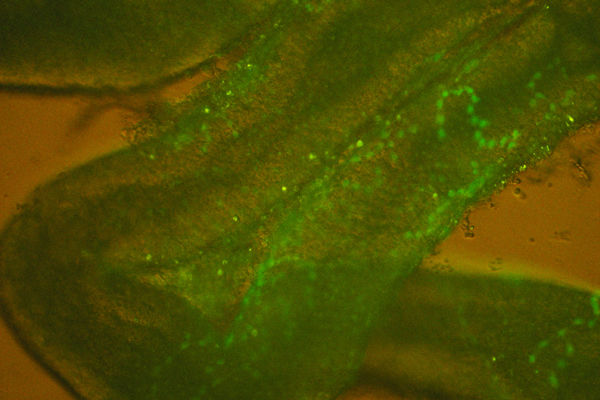What your sweat says about your health
New low-cost, 3D-printed wearable sweat sensor
Sweating it out through exercise may be a New Year’s resolution but it could also help to provide new insights into the state of your health, according to new sensing technology being developed at Simon Fraser University (SFU).
SFU researcher Woo Soo Kim is part of an international research team that is developing a low-cost, 3D-printed wearable sweat sensor. The research is being carried out in SFU’s Additive Manufacturing Lab in collaboration with researchers from Zhejiang University. The team recently published a sweeping review of sweat sensor advances in the journal Bio-Design and Manufacturing.
According to Kim, innovation in technology design over the past decade has seen the rapid development of wearable sensors—including sweat sensors. These wearable sensors can assess an individual’s health by analyzing the chemicals and other health information contained in sweat.
Unlike collecting and testing other biofluids such as saliva or blood, the method is non-invasive and does not require assistance. These sweat sensors can monitor human biochemical information during exercise, including ions or lactate levels, which can serve as indicators of hydration and overall physiological and psychological wellness. The data collected can also play a role in assessing various health factors, including stress and nutrition.
“The chemical composition and physical information derived from sweat are of great value in terms of how it reflects human health status,” says Kim. “Direct sweat collection from the skin surface is an easy-to-perform, straightforward method that avoids privacy concerns in physical implementation. These features mean that sweat has the potential to become a widely accessible sample type that can be monitored in a non-invasive manner.”
While there is a growing range of low-cost wearable sensors that can collect and analyze sweat to assess a person’s health, Kim’s 3D printable model integrates mechanically flexible electro-chemical sensors and wireless communication functions.
Typically, sensors can be attached to the skin using a flexible material such as foam, fabric, flexible plastics or rubber and ideally, be powered by wireless chargers.
Sweat metabolites can provide important information that can effectively be used to evaluate the wearer’s overall health condition, notes Kim. However, he cautions that further research is needed to verify the correlation between information from sweat and blood, using in-vivo validation tests to advance meaningful bio-medical applications.

Image of sensor being developed at SFU that is made of rubber fabricated with 3D-printed electrodes.
Simon Fraser University
Original publication
Other news from the department science
These products might interest you

Hose pressure transducer by HiTec Zang
Contactless pressure measurement for sterile applications
Easy-to-install tubing pressure sensors for diameters from 4.8-19.1 mm

FireSting-PRO by PyroScience
New fiber optic measuring device: Precise measurements even in the smallest volumes
Measure pH, oxygen and temperature even under sterile conditions

Get the life science industry in your inbox
By submitting this form you agree that LUMITOS AG will send you the newsletter(s) selected above by email. Your data will not be passed on to third parties. Your data will be stored and processed in accordance with our data protection regulations. LUMITOS may contact you by email for the purpose of advertising or market and opinion surveys. You can revoke your consent at any time without giving reasons to LUMITOS AG, Ernst-Augustin-Str. 2, 12489 Berlin, Germany or by e-mail at revoke@lumitos.com with effect for the future. In addition, each email contains a link to unsubscribe from the corresponding newsletter.
Most read news
More news from our other portals
Last viewed contents
Modified CAR T cells can preferentially target cancer cells and spare normal cells

High-speed camera snaps bio-switch in action - X-ray experiment opens new route to study biochemical reactions



















































